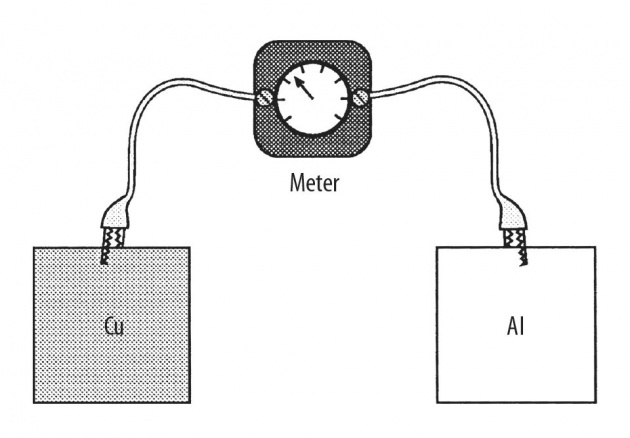Hello, Friends Today I am telling you about the electricity. Electricity plays important role in our lives. It is hard to imagine our lives without Electricity.
. Although electricity and magnetism were well known for centuries but Hans Christian Oersted a Danish Scientist in 1820 discovered a connection between them. He observed that current flowing through a coil of wire produces a magnetic field around it. In this way, he proved that a magnetic filed can be produced by an electric current. In 1831, a British Scientist Michale Faraday discovered that the revers of this phenomenon is also possible. He observed that when a loop of wire was moved quickly between the two opposite poles of a magnet, an electric current was produced in it. This fascinating discovery changed this world into a magic world. Today, it is hard to imagine our lives without Electricity.
Today I am telling you the ways to generate electricity from traditional fuels and some other sources of energy, the working of a power station and the problems involved in generating electricity.
compass needle near a wire, showing the effect discovered by oersted
How Electricity is produced?
No Fans, computers, refrigerators and other electrical appliances in our homes can be run without electricity. Electricity can be generated from many different sources by different methods. For, example, dry cells and batteries produce electricity by chemical reactions of compounds.

Electricity can also be produced by some mechanical ways. Just as we can make magnets from electricity, we can also use magnets to make electricity. we can also use magnets to make electricity. we know that if a magnet is moved quickly through a coil of copper wire, electrons move in the wire and thus electricity is produced. Electricity can also be produced by rotating a coil between, the opposite poles of a magnet. The mechanical system to produce electricity in this way is called electric generator or dynamo. Thus, due to relative motion between a coil and magnet, electric current starts to flow through the coil which can be connected to an external circuit.The current produced by electric generators is not unidirectional. Its direction changes again and again after an equal interval of time. such a current is called alternating current (A.C). For the production of electricity of higher voltage, a generator should have:
Stronger magnets
More turns in its coil
Quick relative motion between the magnet and coil



